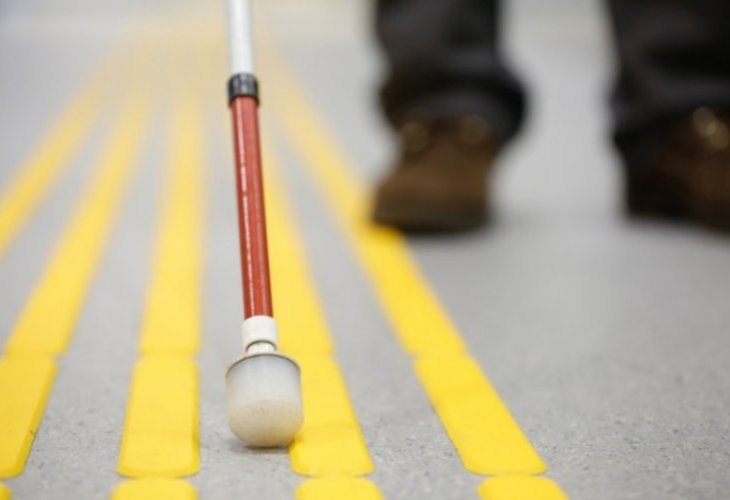Depression and Anxiety
Seasonal Depression (SAD): What It Is, Why It Happens, and How to Treat Winter Blues
Learn the Symptoms, Causes, and Proven Solutions for Overcoming Seasonal Affective Disorder with Natural and Professional Treatments
 (photo: shutterstock)
(photo: shutterstock)Not too long ago, “winter depression” sounded like a cliché, something lazy people complained about, or a mysterious seasonal curse that brought people down for no clear reason. Today however, it is a medically recognized condition known as Seasonal Affective Disorder (SAD).
Is It Really Winter Depression? How to Know
It's important to clarify that the correct term is seasonal depression, not just “winter depression.” While winter is a common trigger, the root issue is sensitivity to seasonal changes, rather than cold weather itself. There are those who actually feel great in winter and struggle emotionally during hot summers. It’s the shift in light, temperature, and overall atmosphere that can throw certain individuals off balance.
Generally, depression is defined as a persistent low mood, loss of motivation, and reduced energy. Clinical depression goes further, involving a significant drop in functioning, such as no longer enjoying activities you once loved (a condition known as anhedonia), social withdrawal, irritability, and typically a decrease in sleep and appetite.
Seasonal depression is more common in certain geographic regions where specific environmental factors are present. Along with residents of Israel, those in places like Texas (especially in Dallas, where 1–2% of the population is affected), Canada, and many areas in the Northern Hemisphere experience this phenomenon. This is because they lie along the 30°N latitude line which is one of the factors strongly linked to the onset of SAD.
How Common Is It?
Millions more around the world are affected. Around 20% of the population experiences milder forms of winter-related low mood. It’s more commonly diagnosed in women, although men and even children can be affected. Most cases present after age 20.
The underlying biological trigger is a lack of sunlight during fall and winter months, which disrupts melatonin production (the hormone that regulates sleep). This imbalance can cause tiredness, sleep disturbances, and depression.
What Can You Do About It?
Seasonal depression isn’t always severe. If the emotional dip is mild, you may not need professional treatment. In such cases, lifestyle changes and self-care can make a big difference:
Stay physically active: Regular exercise helps boost mood and energy.
Stay socially connected: Make plans with family or friends, go out, or engage in group activities.
Get sunlight (or fake it): Spend time in well-lit places or try light therapy, which mimics natural daylight.
Maintain a healthy diet: Good nutrition supports emotional stability.
Keep a routine: Create a daily schedule that includes movement, hobbies, and moments of joy.
If more serious symptoms appear, such as difficulty concentrating, persistent fatigue, irritability, withdrawal, or especially suicidal thoughts or actual thoughts about harming yourself, it is crucial to seek professional help.
A psychologist or psychiatrist can assess your condition and recommend therapy or medication if needed. Ignoring clinical depression can make it worse, so don’t wait it out or hope that it will just go away. The sooner you get support, the better your chances of recovery.
Seasonal depression is not just “in your head” or a temporary funk. It’s a real physiological and emotional condition, but it can be managed. Whether through light, movement, therapy, medication, or simply making small daily changes, there are many ways to reclaim your energy and well-being.
Wishing everyone a warm, bright, and emotionally healthy winter!

